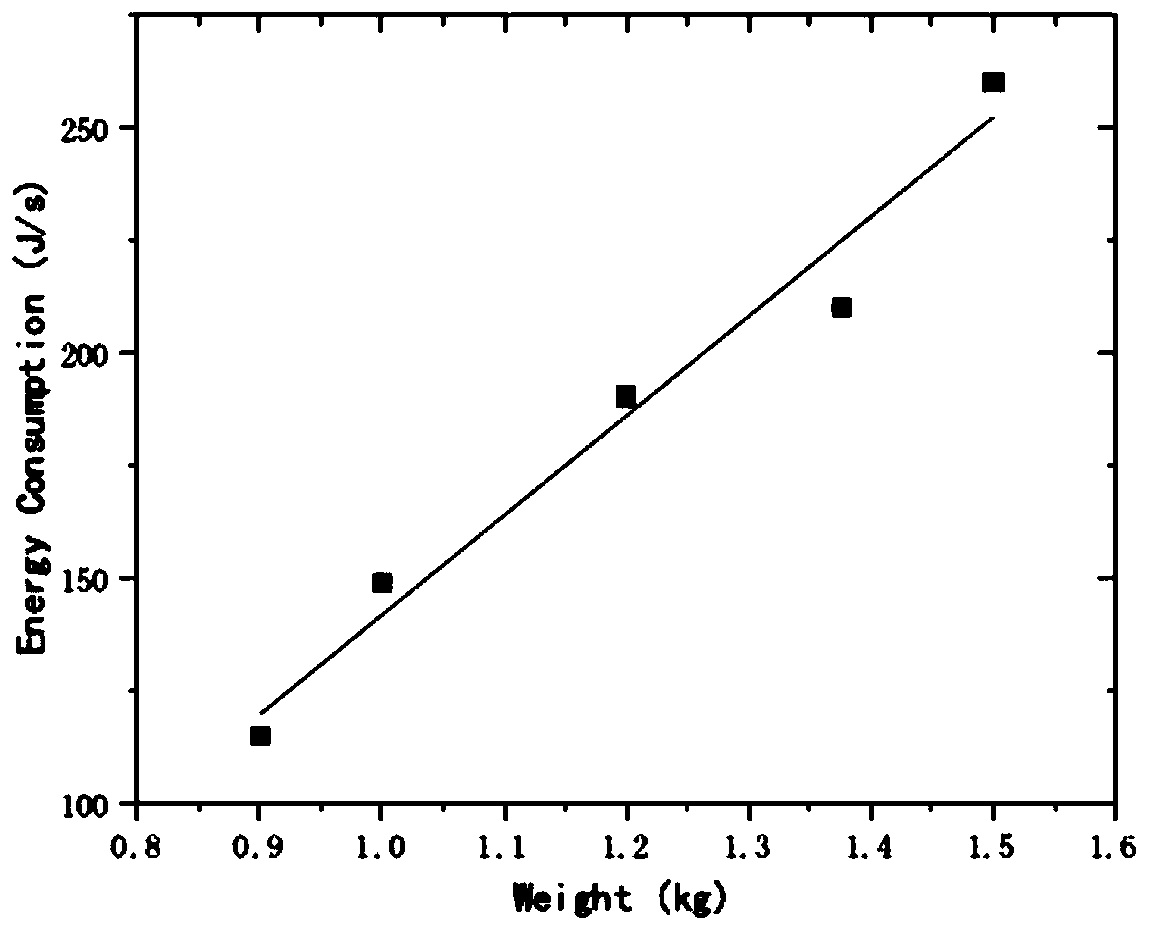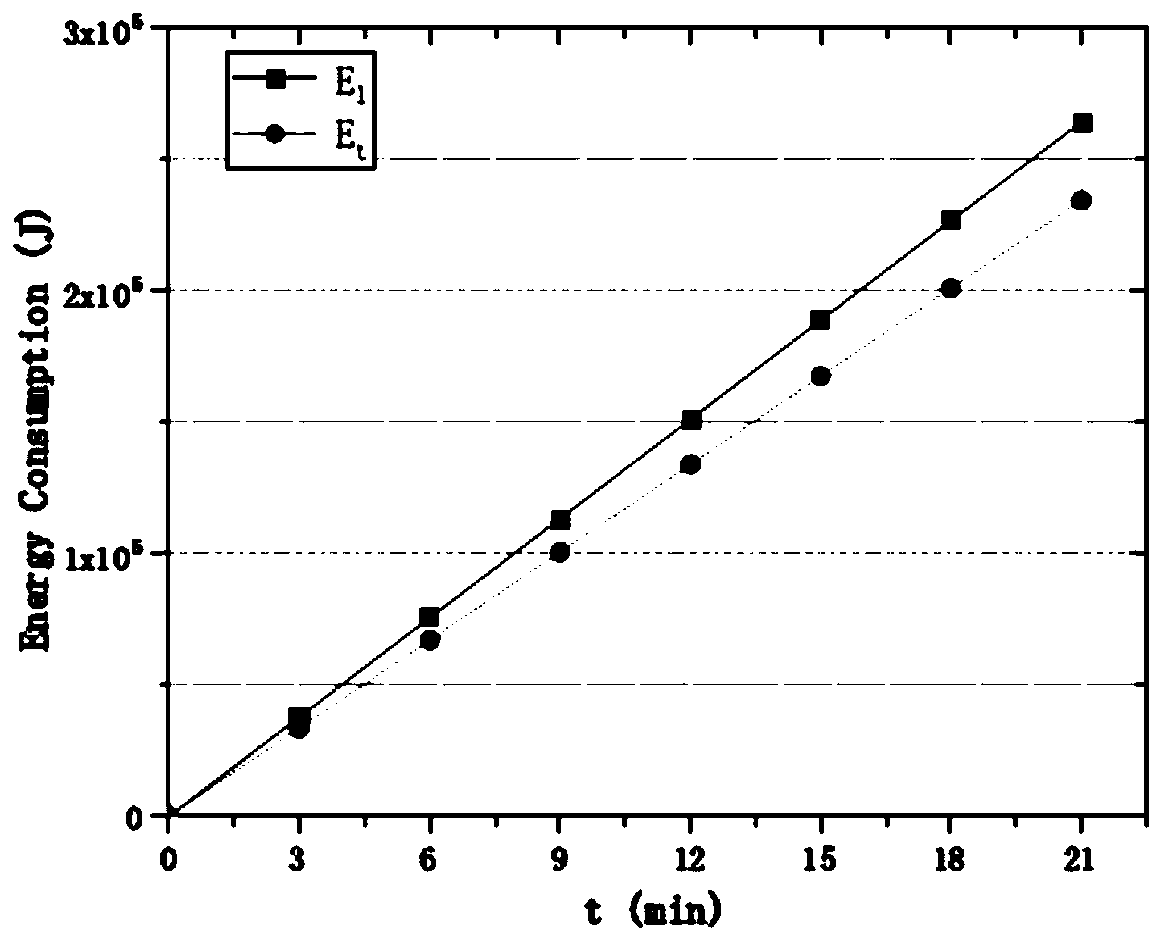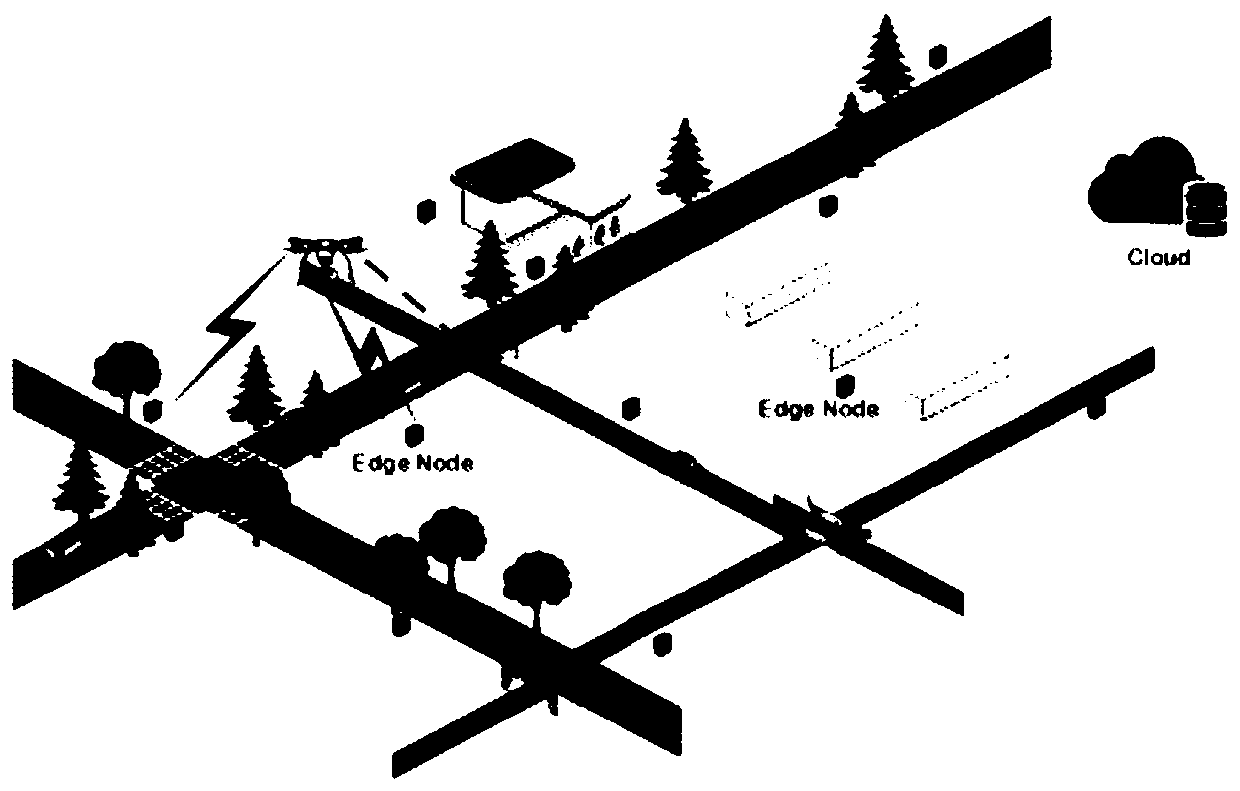Edge computing based method and system for optimizing target tracking power consumption of unmanned aerial vehicle
A target tracking and edge computing technology, applied in closed-circuit television systems, measuring devices, instruments, etc., can solve problems such as energy consumption and limited working hours, and achieve the effect of ensuring tracking and minimizing total cost
- Summary
- Abstract
- Description
- Claims
- Application Information
AI Technical Summary
Problems solved by technology
Method used
Image
Examples
Embodiment Construction
[0051] The following will clearly and completely describe the technical solutions in the embodiments of the present invention with reference to the accompanying drawings in the embodiments of the present invention. Obviously, the described embodiments are only some of the embodiments of the present invention, not all of them. All other embodiments obtained by persons of ordinary skill in the art based on the embodiments of the present invention belong to the protection scope of the present invention.
[0052] 1. Analyze the video processing mode in the process of UAV tracking
[0053] During the target tracking process of the UAV, the UAV captures the video for target recognition to realize the tracking. The continuously captured video stream needs to be analyzed and processed in real time, and the processing results are fed back to the UAV to ensure normal tracking without loss. Target. Because the UAV has a certain load capacity, a feasible way is to mount a processor on th...
PUM
 Login to View More
Login to View More Abstract
Description
Claims
Application Information
 Login to View More
Login to View More - R&D
- Intellectual Property
- Life Sciences
- Materials
- Tech Scout
- Unparalleled Data Quality
- Higher Quality Content
- 60% Fewer Hallucinations
Browse by: Latest US Patents, China's latest patents, Technical Efficacy Thesaurus, Application Domain, Technology Topic, Popular Technical Reports.
© 2025 PatSnap. All rights reserved.Legal|Privacy policy|Modern Slavery Act Transparency Statement|Sitemap|About US| Contact US: help@patsnap.com



